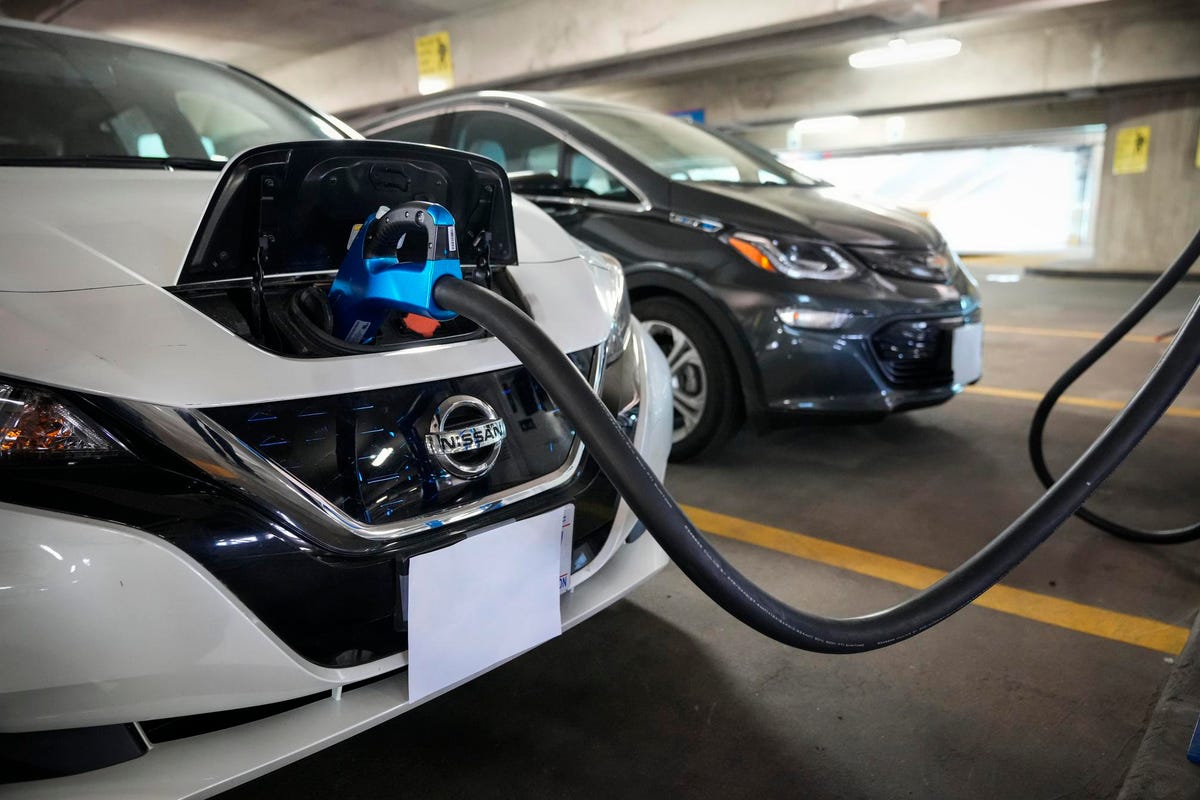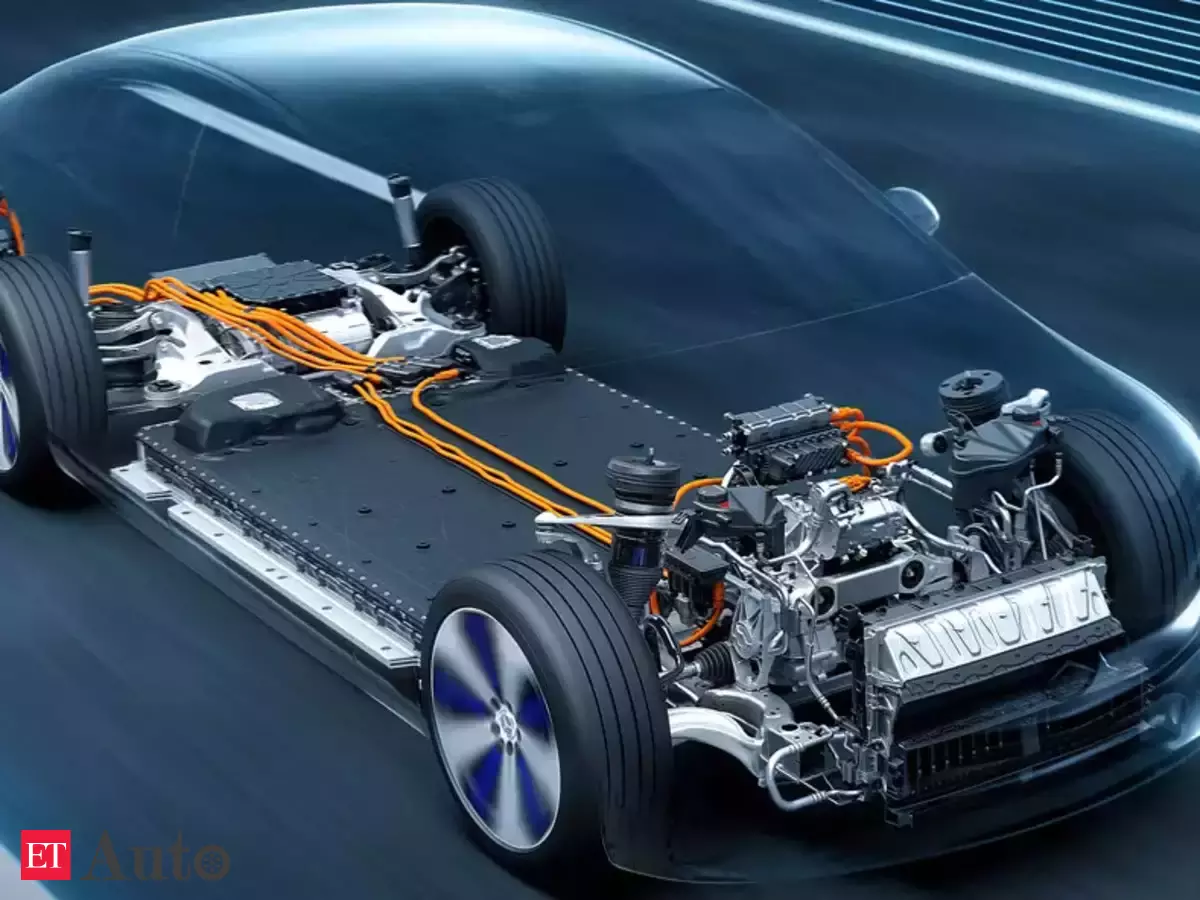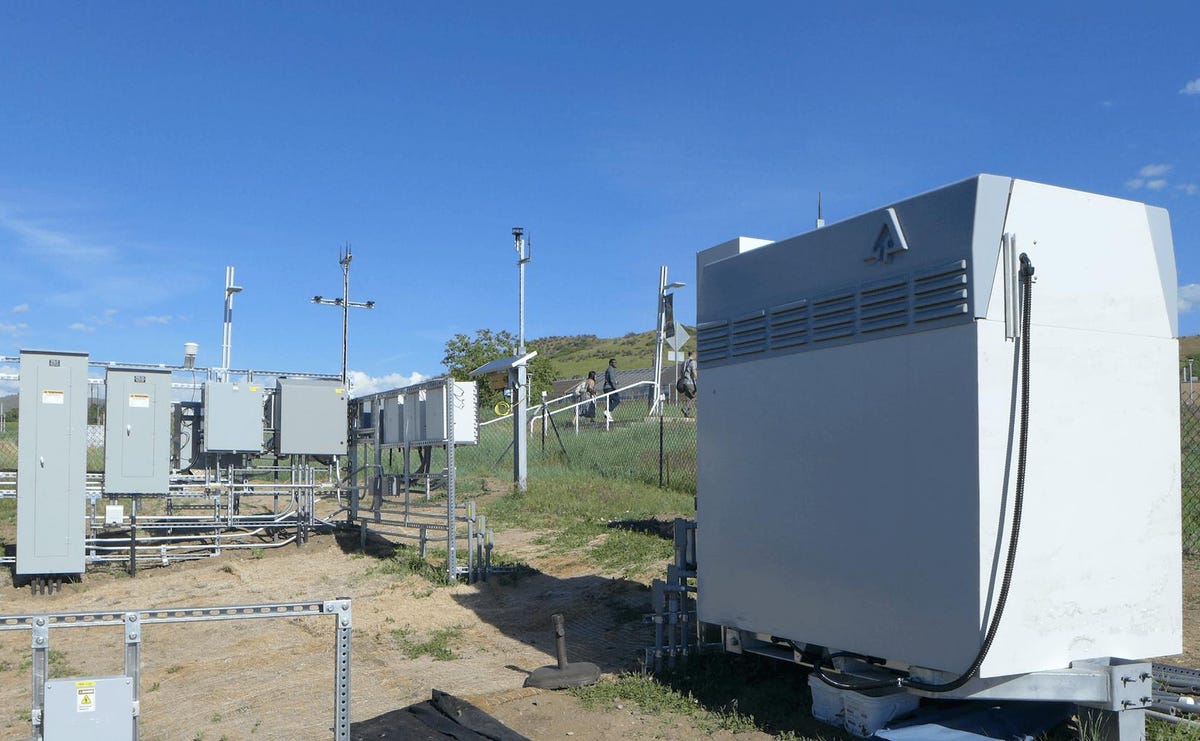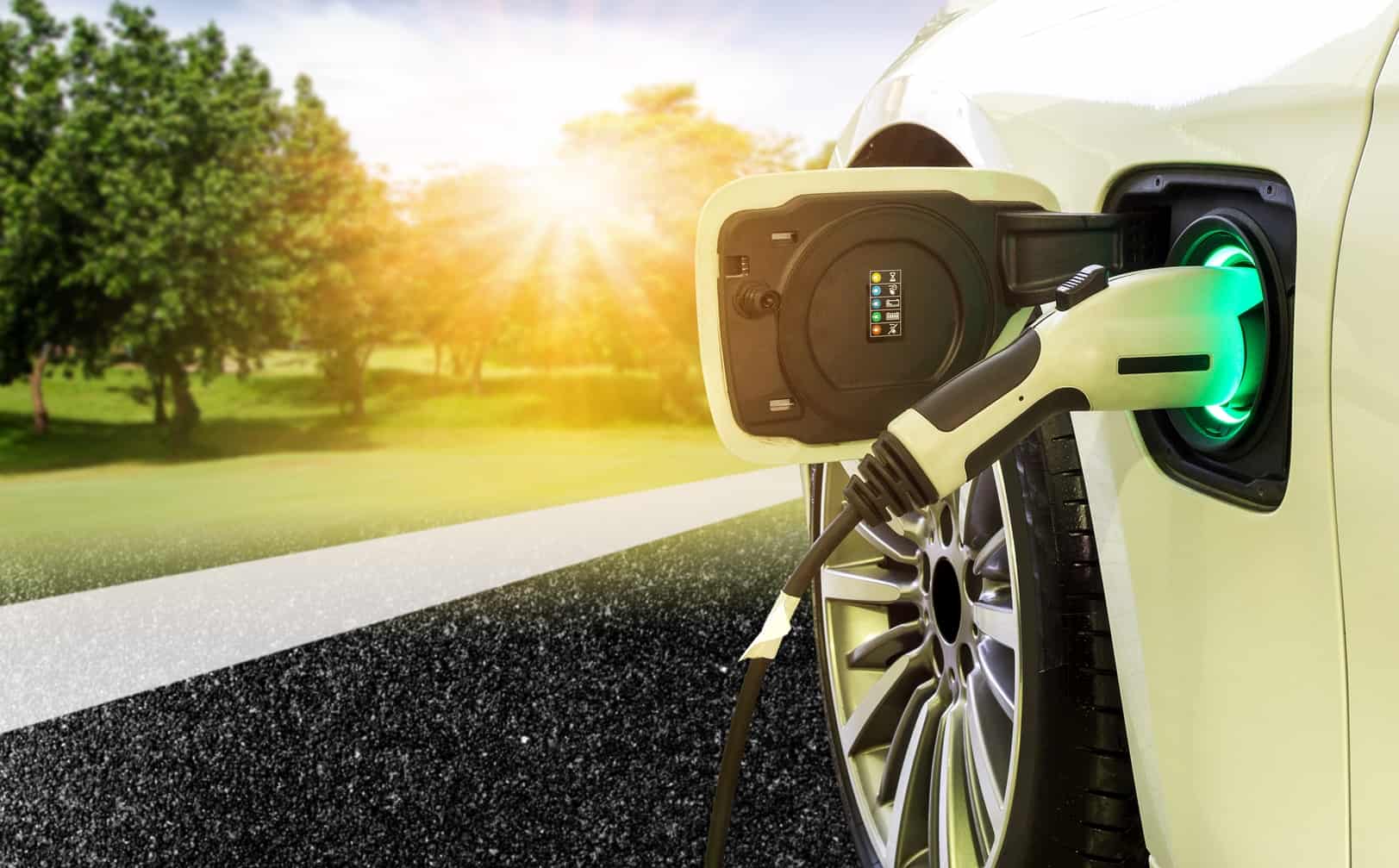Smart Road Infrastructure: The Future of Digital Highways
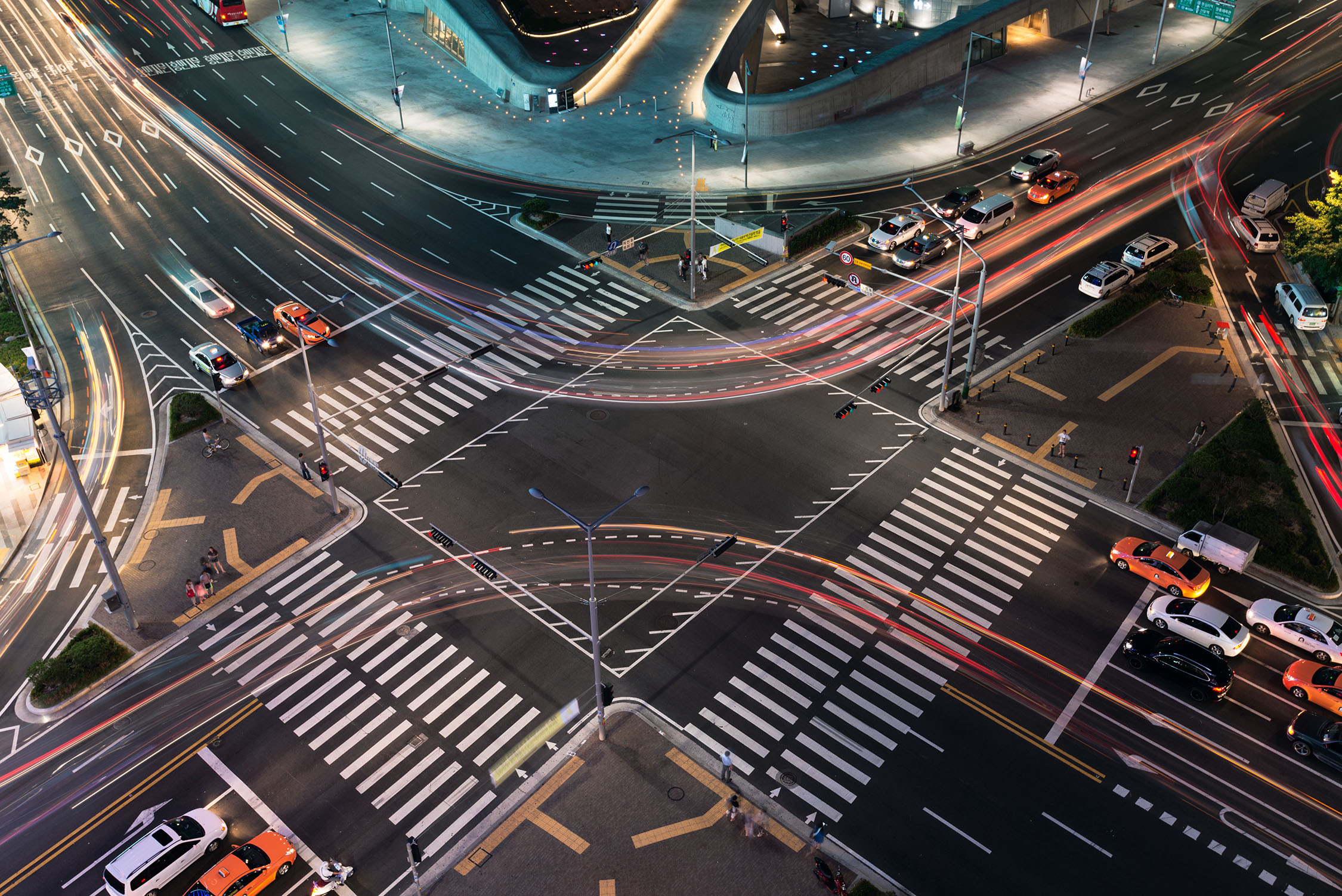
Smart Road Infrastructure: The Future of Digital Highways
Smart roads incorporate the Internet of Things (IoT) technologies to make driving safer and efficient. Smart roads connect physical infrastructures such as solar panels and sensors with software infrastructure such as AI, ML, and big data.
Smart road technologies are embedded in roads to enhance visibility, generate energy, communicate with autonomous and connected vehicles, monitor road conditions, and much more.
Use Cases of Smart Technologies in the Smart Road Infrastructure:
- IoT Connectivity: Cities can combine roads to IoT devices and gather high traffic and weather datasets. This type of connectivity can advance traffic management, safety, and energy efficiency.
- Traffic Management Networks: It is used to reducing congestion and improve safety. The smart road grid uses speed cameras to offer warning signs for hazardous situations and sends automated traffic diversion indications that control traffic.
- Traffic Lights Optimization: It uses data from closed-circuit television (CCTV) cameras or smart vehicles to enhance traffic lights and update commuters on jams or bottlenecks.
Furthermost transport-related smart tech companies focused on individual vehicles, although there have been significant advances in technological solutions for smart infrastructure at scale. Worldwide experiments in Vehicle to Vehicle (V2V), Vehicle to Pedestrian (V2P), and Vehicle to Infrastructure (V2I) technologies will make urban transport more intelligent and advanced in the future.
The 5 Future Trends of Intelligent Road Infrastructure
- In-Vehicle Management Systems
- Cooperative - Intelligent Transportations Systems
- Bluetooth Communications
- Autonomous Vehicles
- Working with Specialist Engineering Firms
Digital Reality: 7 Smart Road Infrastructure Technologies
- Interactive Lights
Road lights worked based on activation based on motion sensors that illuminate a particular road section as cars approach and dim once the car passes. This option is most suited for roads with limited traffic. Also, interactive lights offer better night visibility and reduce energy wastage in no cars conditions. For instance, one design of interactive lights has already been developed and installed in Holland, which power lights through the wind generated by passing vehicles.
- Glow in the Dark Roads
Glowing markers painted onto present roadway surfaces using a photo-luminescent powder that can absorb and store daylight. It is a 500m long strips that glow for 8 hours after dark. The technology is in the testing phase, as the glow is not consistent. The scientist and developers have stated that it could be more cost-effective compared to traditional road lighting technologies.
- Solar Powered Roadways
Photovoltaic cells are installed within hexagonal panels made of tempered glass, which are used to cover roads. These panels mainly contain LEDs, snow-melting heating devices, microprocessors, and inductive charging capability for electric vehicles when driving. Moreover, these glasses can be renewable and engineered to be stronger than steel, allowing cars to stop safely even at high speeds. The concept is gaining extensive support, while scalability is a challenge due to its expensiveness.
- Smart Roads
Specially engineered roadways integrated smart features, including monitor sensors, WiFi transmitters, and report changing road conditions that deliver broadband services to homes, vehicles, and businesses. The smart road concept can also charge electric cars during driving.
- Electric Priority Lane to Charge Electric Vehicles
Embedded cables on roadsides are used to generate magnetic fields that charge electric vehicles while driving. A receiver coil in the car picks up electromagnetic oscillations from a transmitter coil embedded in the road and converts them to AC, then powering the car. Currently, inductive charging technology already exists for static cars. Still, wireless technology could charge batteries while in motion, providing distance range solutions for electric vehicles, which is the future of electric vehicle charging.
- Weather Detection
Grids based on AI-integrated sensors can detect weather conditions that can hamper road safety. Currently, the Road Weather Information Systems (RWIS) is installed. Still, it is limited due to its capability to single features collect data from a small set of weather stations, raising its cost. Considering the innovation and development, it is expected that the future network would use automated weather stations to collect weather and atmospheric data and real-time upload it to the cloud for the users. Also, dynamic temperature-sensitive paint could be used to highlight invisible roadway conditions like black ice.
- Traffic Detection
Datasets that benefit travelers to plan their routes efficiently. Sensors lining highways are equipped to monitor traffic flow and weight loads that automatically warn drivers of traffic jams or suggest changing the route. Fiber-optic cables are embedded in the road grids to detect wear and tear and communication between roads and vehicles to improve traffic management. For instance, the streets use rapid flow technologies based on artificial intelligence (AI) to manage and monitor traffic lights, and based on the report generates, it responds to users.
The Smart Road Technologies Covered
Benefits of Smart Road Infrastructure
Many devices enable smart road technology, such as acoustic sensors, IP CCTV cameras, speed sensors, smart traffic lights, digital signage, and condition/weather monitoring system. When these smart devices collect and analyze data in real-time, cities can witness several benefits –
- Less-Congested Streets – For an average US citizen, the traffic congestion costs USD 1,377 and 99 hours of their time each year. Smart road technology can real-time track vehicles and adjust traffic lights when fewer or no cars are approaching; it also helps prevent bumper-to-bumper traffic. This is expected to help drivers and passengers in saving 9.4 hours each year.
- Improved Traffic and Pedestrian Safety – Traffic-monitoring solutions powered by computer vision can detect pedestrians, bicyclists, and vehicles to enable safety practices. In the event of a crime or crash on the street, smart road devices can immediately alert first responders.
- Enhanced Parking and E-Tolling – E-tolling uses license plate recognition and vehicle tracking to automatically charge highway and bridge tolling fees to reduce the congestion possibility without making vehicles stop or slow down.
By sending select data to the cloud to be analyzed over time, cities can make continual improvements in road maintenance, environmental quality, and traffic management.
Adopting Smart Technology to Improve Road Infrastructure
Many governments and transport authorities or organizations understand the value of smart road technologies. However, the development of smart city infrastructure at scale can be costly and complicated, primarily for emerging economies or developing countries. Therefore, the authorities can break down smart road projects into phases, starting with low-investment to medium-investment. These narrow-scale initiatives can provide a high-return initial value and further setting the stage for high-investment and large-scale efforts worldwide.
Considering the early days of motor-powered mobility, cars were available with no suitable road infrastructure. The authorities gradually recognized the opportunities through the significant road infrastructure investment to help the population reap new transport technology benefits.
Similarly, today’s governments and urban transport authorities worldwide are beginning to appreciate the importance of smart roads and investing in creating awareness about the essential mobility innovation platform. Smart roads will power empower drivers, intelligent cars, and provide governments with unprecedented visibility and control over the living fabric of motor-based traffic.


